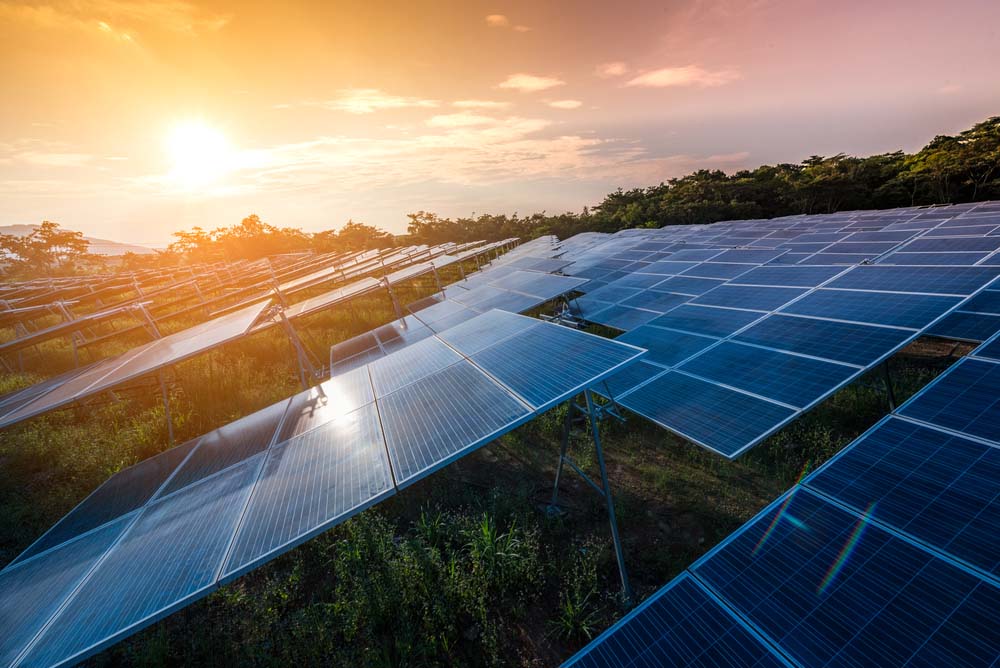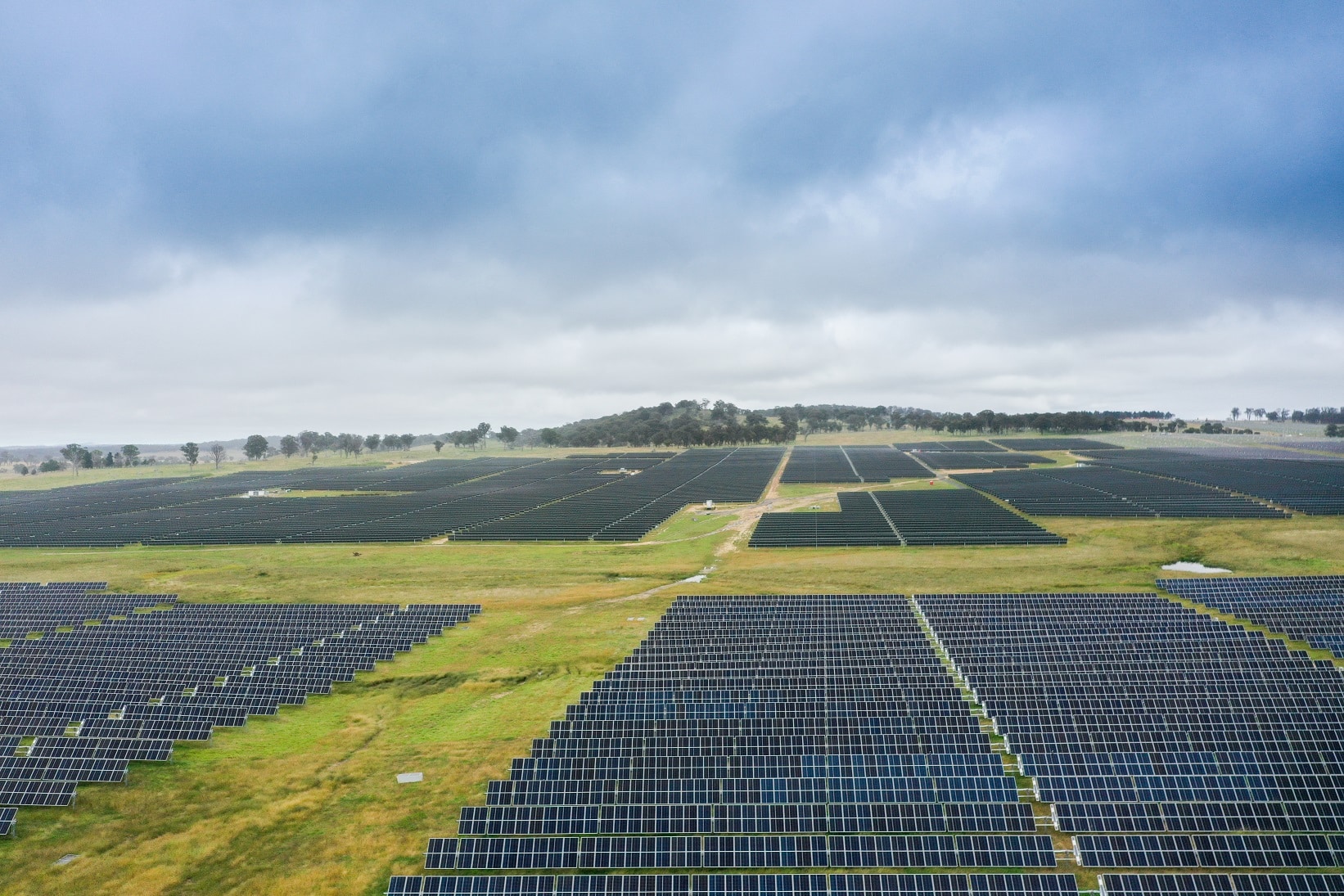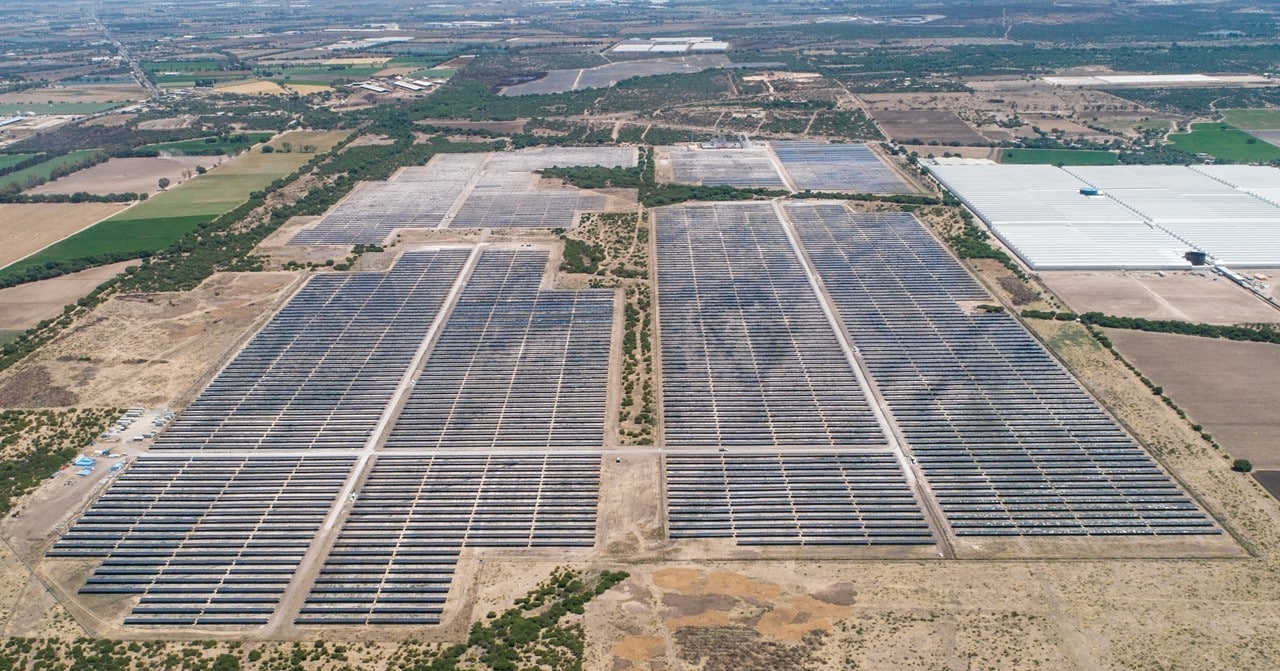
On This Page
Solar energy is a rapidly growing industry in Australia, with many farmers and landowners looking to take advantage of the abundant sunlight and high electricity prices. Starting a solar farm in Australia can be a complex and time-consuming process, but with the right knowledge and resources, it can be a profitable and sustainable business.
What is a solar farm?
Solar farms are several acres of land occupied by solar panels or photovoltaic power installation systems. It may also be referred to as a solar field, solar park, photovoltaic power station, large-scale solar (LSS), or solar power plant. They are used to simultaneously produce massive amounts of solar energy.
Solar farms are intended for large-scale solar energy production that feeds directly into the grid-connected system, in contrast to small-scale solar panels, frequently used to power a single home or building.
How big is a 1 MW solar farm
A 1 MW solar farm in Australia can vary in size depending on the type of solar panels used and the design of the array. Generally speaking, a 1 MW solar farm would require around 4-5 acres of land and consist of around 4000-5000 solar panels. This is equivalent to around 3-4 football fields in the area. The size of the solar farm can be optimised by using high-efficiency solar panels and designing the array to maximise the use of available land. Additionally, it is important to note that 1 MW is a unit of power, and it’s not a measure of the size of the farm.
How to get a solar farm on your land
Before investing in a solar farm, there are several things you need to consider.
- Know how much money you need to invest.
- Find out how much solar panels cost per acre,
- Requirements for solar photovoltaic panels farms,
- Various other solar power project financiers,
- Information about the return on investment of solar farms,
- Problems you might encounter and solutions.
The first step in getting a solar farm on your land is to conduct a feasibility study. This study should assess the potential for solar power generation on your land, including factors such as solar radiation, land size, and zoning regulations. It is also important to consider the cost of equipment, installation, and maintenance and the potential revenue from selling electricity to the grid. By carefully evaluating these factors, you can determine if your land is suitable for a solar farm and whether or not the investment is worth it.

Secure financing
Once you’ve determined that your land is suitable for a solar farm, securing financing is next. There are various options available to those looking to start a solar farm, including grants, loans, and equity investment. It is important to carefully consider your financing options and choose the one that best suits your needs and goals. There are also incentives and subsidies available from organisations such as the Australian Renewable Energy Agency (ARENA) and the Clean Energy Finance Corporation (CEFC) that can help offset the cost of the solar farm.
Solar farm's layout and business plan
After securing financing, the next step is selecting the equipment and designing the solar farm’s layout. This includes choosing the type of solar panels, inverters, and other equipment and determining the number of panels and the array’s orientation. Working with experienced solar engineers and contractors is important to ensure the design is efficient and cost-effective.
Obtain legal requirements
Once the design and equipment have been selected, the next step is to obtain the necessary permits and approvals. This includes gaining approval from the local council and other government agencies and obtaining necessary environmental or heritage approvals. It’s important to research and understands your state’s regulations and permit requirements before starting the process.
Unique solar farm business' name
Remember to give it a unique selling name if you want to launch a solar farm business. You need a name that sets you apart from every other business providing the same range of services.
Construct the structure
Finally, construction of the solar farm can begin. This includes installing the equipment, connecting to the grid, and commissioning the system. It is important to work with experienced contractors and ensure that the installation is done to the highest standards to ensure that the solar farm is safe and reliable.

Send proposals to individuals and businesses
Many people or businesses could ask questions about the terms of service while work is being done. You can start contacting individuals, businesses, and sectors once the building is fully constructed to advertise your services. It’s crucial to remember to factor in the cost of consuming the power generated by your solar farm and the payment option.
How does a solar farm work
One of the main components of a solar farm is solar panels. Solar panels are made up of photovoltaic cells, which are made of silicon and other materials. When sunlight hits the cells, it causes electrons to move, generating electricity. The number and type of solar panels used in a solar farm depend on the size and location of the farm.
Another important component of a solar farm is the inverter. The inverter converts the DC electricity generated by the solar panels into AC electricity, the type of electricity used in homes and businesses. Different inverters are available, including string, microinverters, and power optimisers. The choice of the inverter will depend on the size and location of the solar farm.
The solar farm is connected to the grid, the network of power lines and substations that distribute electricity to customers. When the solar farm generates electricity, it is fed into the grid and distributed to customers. This allows the solar farm to provide power to the community and receive the benefits of the Renewable Energy Target (RET) scheme, which requires energy retailers to purchase a certain amount of renewable energy.
Solar farms also have monitoring systems that keep track of the performance of the solar panels, inverters and the overall system. This monitoring system helps the operator track the energy production, and any issue can be quickly identified and resolved.
How many solar farms are in Australia
In Australia, solar farms have expanded quickly and are now a larger proportion of the country’s overall energy mix. The Australian electrical system had about 7,000 MW (DC) of solar farm generation connected as of March 2021.
The Clean Energy Regulator has certified more than 100 solar farm projects as registered generators, with more than 80 being linked in 2018 or later. According to the Clean Energy Regulator, the capital cost of LSS projects in Australia fell by 25% between 2015 and the end of 2020 (from $1.87 to $1.39 per watt).
| |
|||||
|---|---|---|---|---|---|
| STATE | OWNER | PROJECT NAME | CAPACITY MW | CAPITAL COST (A$M) | |
| QLD | Hana Financial | Columboola Solar Farm | 176 | 320 | |
| QLD | X-Elio | Blue Grass Solar Farm | 200 | 215 | |
| NSW | Canadian Solar | Suntop Solar Farm | 150 | 262 | |
| NSW | AMP Energy | Hillston Sun Farm | 85 | 100 | |
| NSW | Goldwind Australia | White Rock Solar Farm | 20 | 41.4 | |
| NSW | Fotowatio Renewable Ventures | Metz Solar Farm | 115 | 130.25 | |
| VIC | Fotowatio Renewable Ventures | Sebastopol Solar Farm | 90 | 160 | |
| VIC | Melbourne Airport | Melbourne Airport Solar Farm | 12 | 21.6 | |
Contact us for professional guidance for a home or business’ high-quality solar panel installation.
Energy Matters can connect you with our trusted local installers, who will provide up to 3 FREE solar quotes for your home and business solar energy system. Complete our quick quiz and begin your solar journey today!










































